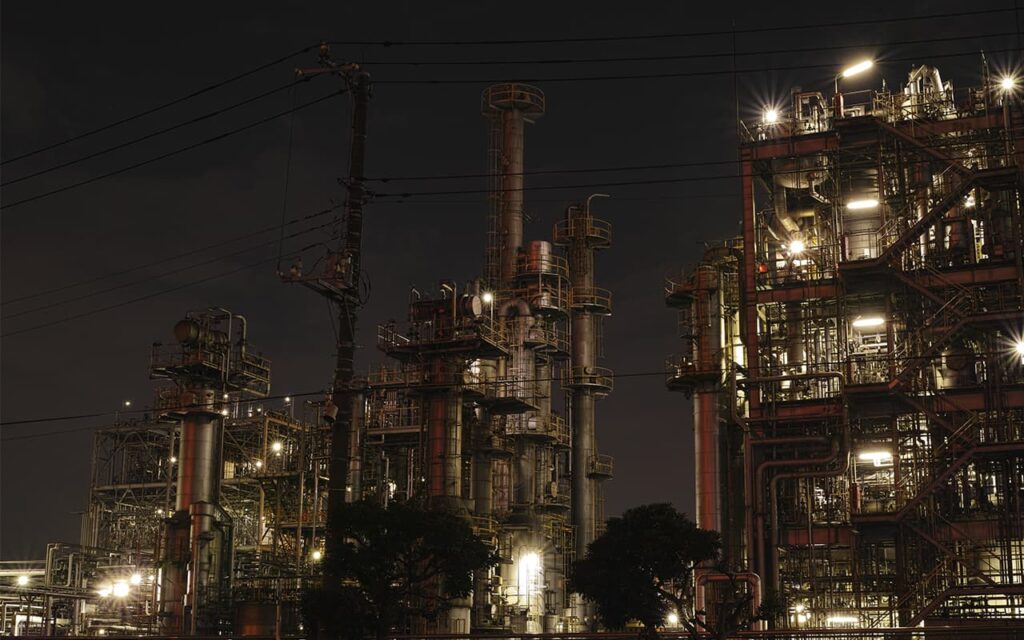Israeli archaeologists are uncovering the history of an ancient factory that was the center of production of the “royal purple” in a new way. This factory, which existed many thousands of years ago, produced a dye that was used to decorate the clothes of the rich and powerful in the Mediterranean.
The location of the factory is Tel Shikmonah, which is located on the shores of the modern city of Haifa. This place used to be considered a Phoenician settlement where sea snails were used to produce “royal purple,” which was a very popular luxury item in the ancient world. However, a new article based on archaeological excavations conducted over more than 50 years has come to a new conclusion.
Prof. Ayelet Gilboa, an archaeologist at the University of Haifa, and Dr. Golan Shalvi, a postdoctoral fellow at Ben-Gurion University, argue that for about two centuries, Tel Shikmonah functioned as a joint venture. This industrial site was controlled by the biblical Kingdom of Israel and operated by skilled Phoenician laborers.
The latest research, published in June in the Journal of the Institute of Archaeology at Tel Aviv University, reveals a unique perspective on the connections between the ancient Israelites and the Phoenicians. It also sheds light on the economic foundations of the expansion of the kingdom of Israel, which became a major regional power in the middle of the Iron Age (or First Temple period).
Since archaeological excavations began in the 1960s, this small settlement of less than one hectare has been a mystery to researchers. Its layers, which span the period from the 11th to the 6th century BC, are mostly from the Iron Age. Many of the ceramic finds discovered at Shikmon are characteristic of the Phoenician culture, which flourished on the coasts of Israel and Lebanon and established colonies throughout the Mediterranean.
However, architectural elements such as the enclosing wall with casemates and three-room houses typical of Israeli settlements inland are also present at Shikmon.
So was this place Phoenician or Israelite? And in any case, what prompted the construction and rebuilding of this fort on a rocky stretch of coastline where there was no safe harbor for ships?
The answer to this last question became known in 2017, when researchers collected samples of purple stains from dozens of clay vats in Shikmong. As a result, it was confirmed that the color was in fact royal purple, which ancient people obtained from sea snails of the Murex species. Shikmona was probably one of the most important places for the production of this dye, known in the Bible as argaman. It was used to decorate luxurious fabrics such as the veil in the First Temple or the clothes of Roman emperors.
However, questions remain about the control of the Shikmona for more than half a millennium of its existence.
Dr. Shalvi explains that when viewing the site, the first thing that catches the eye is the significant finds, which are mostly from Phoenician culture. Phoenician ceramics are striking in their high quality of workmanship, often having a red or shiny two-tone appearance, more distinctive than the everyday tools associated with the Kingdom of Israel.
